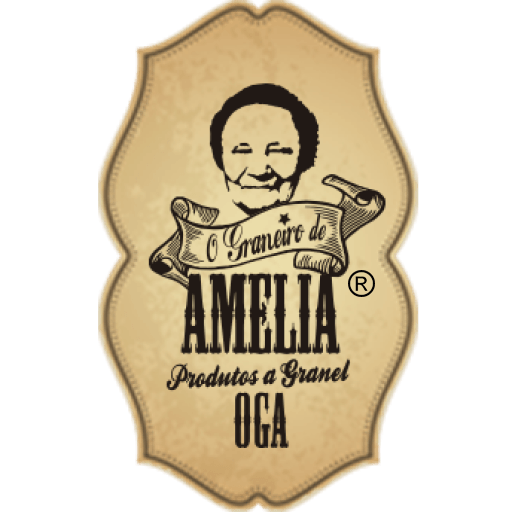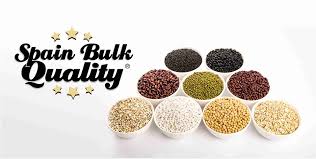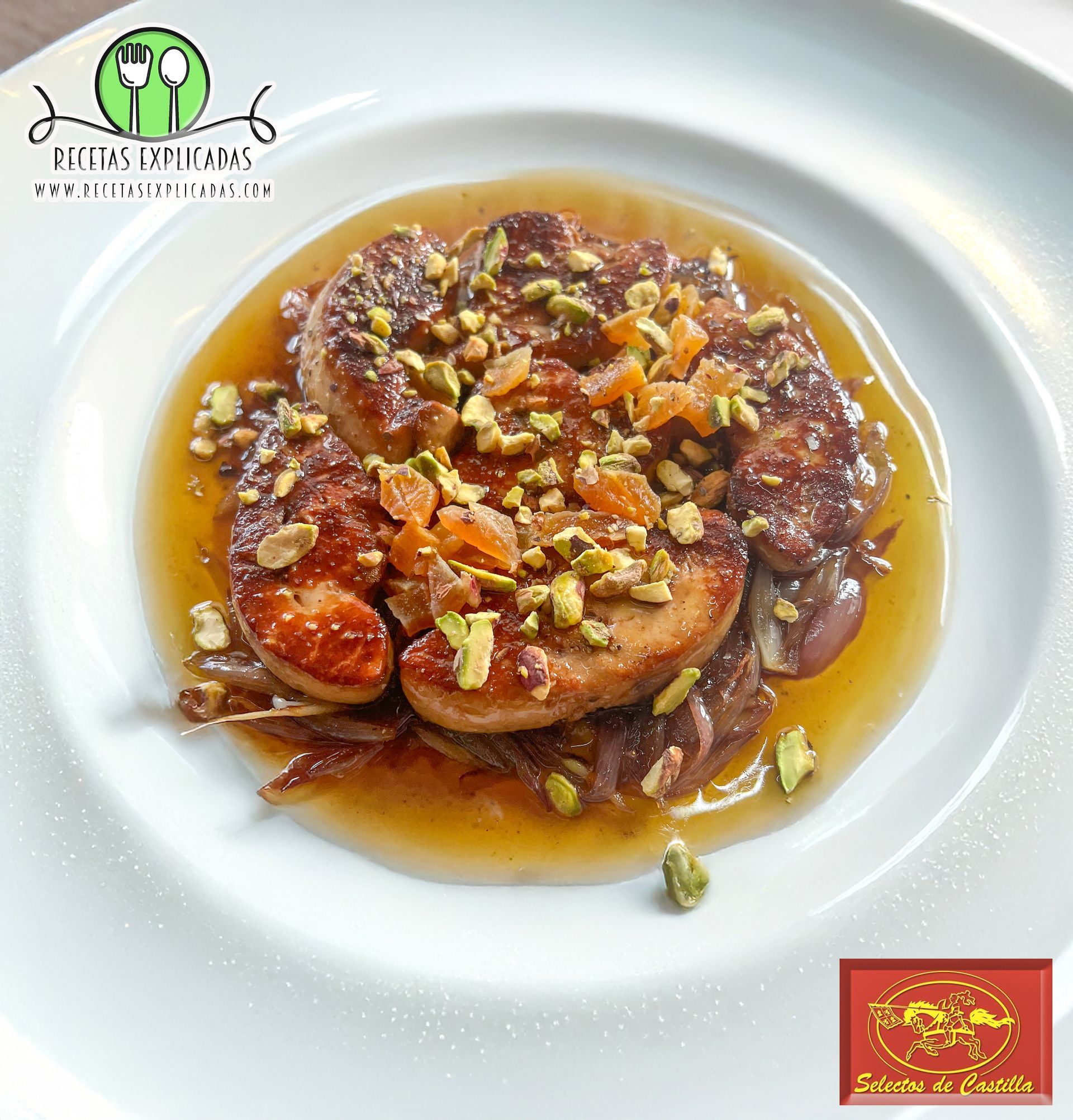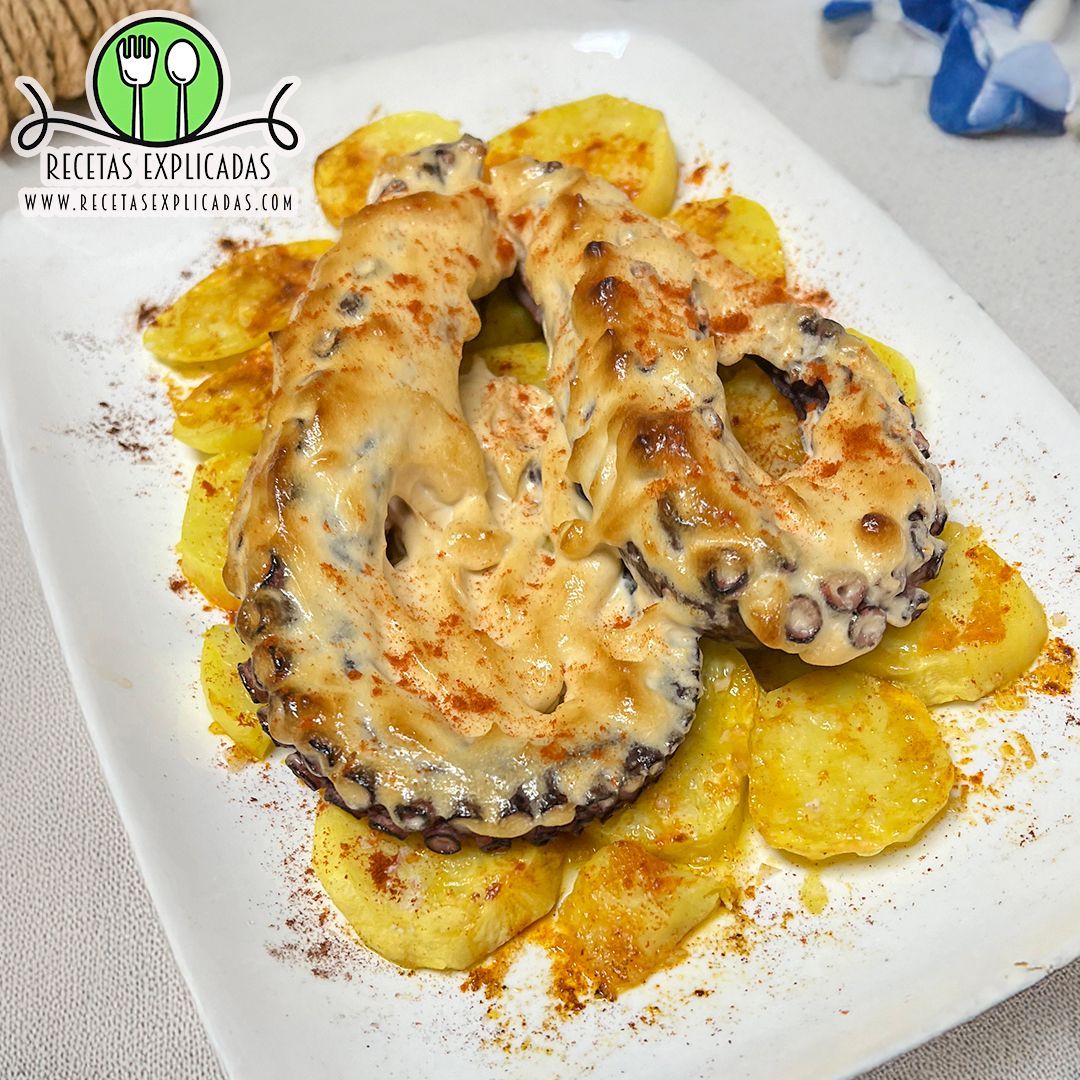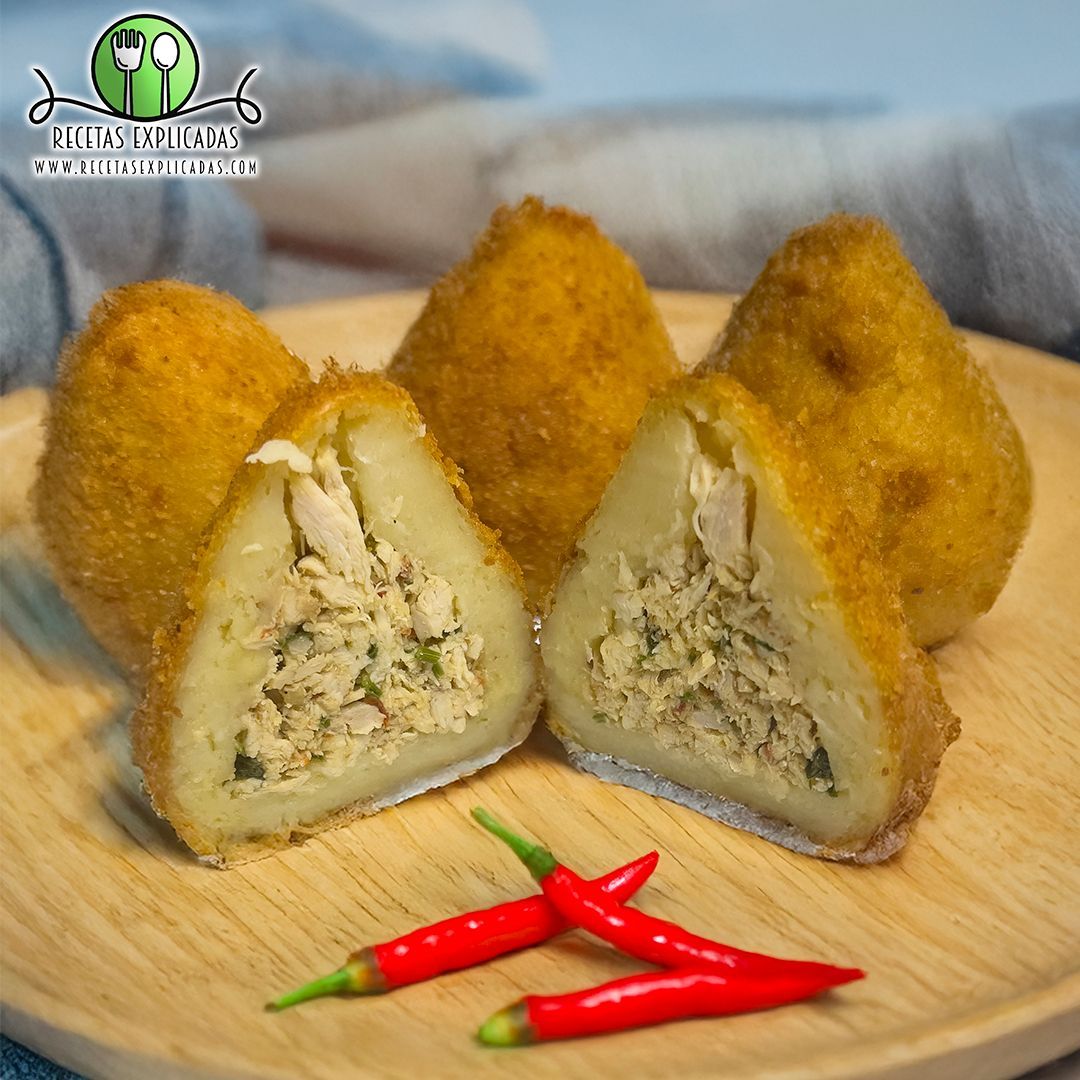plate cut by Cristo Muñoz Montes
Ham is one of the most iconic and appreciated delicacies in Spanish gastronomy and many other cultures around the world. Its intense flavor and unique texture make it an exceptional culinary product. However, not all hams are the same, and their flavor, aroma and quality vary depending on various factors, including the animal's diet, its breed and the curing process to which it is subjected. Furthermore, each type of ham is identified by a different colored bride. In this article, we will explore the most prominent types of ham based on these criteria.
According to the Animal's Diet:
- 100% Iberian acorn-fed ham (Black bridle): This type of ham is obtained from pigs that have been raised in freedom and have fed mainly on acorns and grass. The montanera, which is the time in which the pigs feed on the acorns fallen from the cork and holm oaks, is essential for its characteristic flavor. Acorn-fed hams are usually rich in infiltrated fat, which gives them an intense flavor and soft texture.
- Iberian acorn-fed ham (Red flange): from specimens of 50% or higher Iberian breed, fed in their fattening stage with acorns and other natural resources from the pasture.
- Iberian Cebo de Campo Ham (Green Bridle): In this case, the pigs are raised in semi-freedom and fed on natural feed and grass. Although their diet is not exclusively acorns, these hams still have a notable flavor and quality.
- Iberian Cebo Ham (Brida Blanca) : The pigs are raised on farms and fed mainly on compound feed. This results in hams with less fat infiltration and a less intense flavor compared to acorn-fed or field-baited hams.
According to the Breed of the Pig:
- Iberian Ham (Black Bridle): Iberian ham comes from Iberian breed pigs, such as pure Iberian pigs or crossed ones (Iberian with other breeds). This breed is characterized by its ability to accumulate intramuscular fat, which contributes to the flavor and juiciness of the meat.
- Serrano Ham: Unlike Iberian ham, Serrano ham is obtained from white breed pigs, such as Landrace, Large White or Duroc. These pigs are mainly raised in the mountainous areas of Spain and other countries, and their meat is leaner compared to that of Iberian pigs.
According to the Healing Process:
- Reserva or Gran Reserva Ham: Reserva and Gran Reserva hams are subjected to a prolonged curing process, sometimes up to 36 months or more. This intensifies its flavor and aroma, resulting in a high quality product.
- Serrano Ham or Cooked Ham: These hams go through a shorter curing process compared to Iberian hams. Serrano ham, for example, is generally cured for 9-12 months, while cooked ham is steamed.
In conclusion, ham is a versatile delicacy appreciated throughout the world. The different types of ham, depending on the diet, breed and curing process, offer a wide range of flavors and textures. The choice of the ideal ham depends on personal taste and the use that will be given to it in the kitchen, and the color bride helps to identify and differentiate each variety. All these types of ham share the quality and tradition that make ham a symbol of gastronomic excellence.
author: recipes explained













